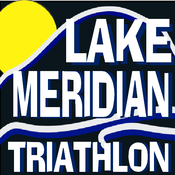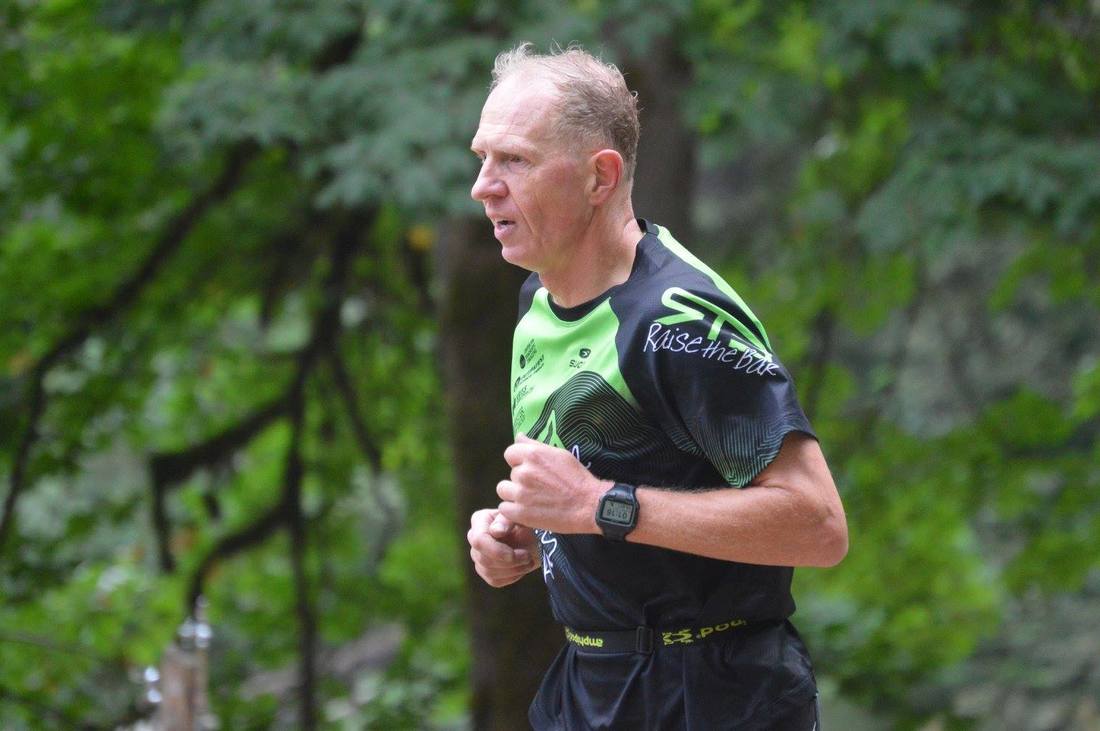|
By: Phil Kriss Kriss Chiropractic 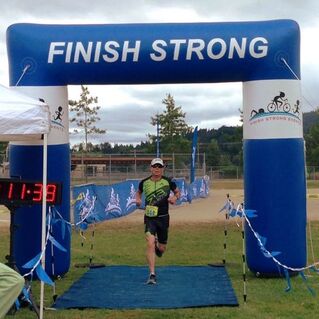 Our greatest enemy of a great race. Have you heard of marathon leg? It is what happens when you train for months for some big event. Three weeks before the event you are walking across the Winco parking lot to get fresh donuts after a run and SNAP! Suddenly you get a sharp pain in your calf. For the next two weeks you do everything between self-over-medicating, wrapping yourself up in rock tape until you look like a mummy, and changing the purchase from donuts to ice for your leg. On the last few runs before the race you are hobbling along telling your buddies why you can’t run. “It’s my leg” you say. Toeing the line someone asks you how you think you will do. “Really bad. I have no expectations. It’s my leg. I really screwed it up a few weeks ago” while you show off the new tape job. Off you go running with all the concerns, fearing the worst possible outcome. After a while you get in the groove of the race and focus on what you need to take care of and what happens next. Then you cross the finish line, usually about as fast as you thought you would, given the fact most of us brag to much and overestimate our abilities. Then someone asks you, “how did your leg do?” Then you remember you forgot all about it and it was not a factor at all! What just happened? A classic case of Marathon Leg. Some people have marathon belly. That means they put on too much weight so they can’t run as fast. Or marathon age. Or worse yet, marathon brain, where you are pretty darn sure you don’t want to do one of those anymore. What really happened is fear and doubt take over. If left unchecked it can run rampant and ruin even the best day. We can be our own worst enemy. Examples of fear and doubt statements that pop up into our thoughts
Here is the fact we should tell ourselves:
I used to complain about a constant nonstop pain in my calf. A good reason to not run fast until I got passed up by someone with no leg at all. Excuse buster! At the end of the day, most people won’t give a hoot about how fast or slow you are. Those who love you will support you no matter how you do. You probably know the things you would love to do before your party is over. Go do them! Don’t’ let anybody wreck your dreams. Especially you.
1 Comment
 By Holly Pennington, PT, DPT Outpatient Physical Therapy “I know I should stretch before I run; I just don’t have time.” In the clinic, Physical Therapists hear injured athletes regretfully utter versions of this sentiment over and over again. Somehow, stretching has gained a reputation as the way to race faster, recover better and prevent injuries. We seem to believe a solid routine of toe touches and one-legged quad stretches before setting out for the morning run would keep our limbs injury-free and mile paces down. But, who wants to spend precious training minutes hunched over and counting to thirty? So, we set our warm-up visions aside, hope for the best, and feel guilty when calves get tight and knees ache. If you relate, here’s the good news: you can stop feeling guilty right this second. The truth about stretching is that it does not live up to its reputation. Lengthening hamstrings and calves as part of a warm-up routine is a great idea for athletes like gymnasts or dancers who require flexibility in their sport. However, endurance athletes have different needs, so let’s take a look at the role of stretching in triathlon training. First, stretching has no impact on the prevalence of chronic injuries in endurance runners. Despite longstanding beliefs about stretching, numerous scientific studies report no difference in the number of overuse and degenerative conditions, such as Achilles tendonitis and osteoarthritis, between athletes who stretch and those who do not. Because endurance athletes perform repetitive motions at submaximal intensities, injuries resulting from muscular elasticity deficiencies (e.g. tight muscles) are rare. Contrary to popular thought, stretching is not a way to prevent DOMS (Delayed Onset Muscle Soreness). We used to attribute DOMS to spasms caused by reduced blood flow to overworked muscles. Therefore, it made sense that increased blood flow to muscles resulting from stretching would reduce post-exercise muscle soreness. Now we know that DOMS is not well understood, and research on endurance athletes shows no relationship between stretching routines and a decreased incidence of DOMS. Perhaps the most important fact about stretching for triathletes is this: a pre-race stretching routine can actually impair performance. It turns out that muscle stiffness is an advantage for endurance athletes. Immediately after stretching, muscle stiffness is reduced. This impairs the mechanical efficiency of the lower extremities and can lead to an earlier onset of fatigue, potentially causing a decline in performance. See? One less thing to feel guilty about! In fact, rushing into your morning run may actually be helping you, not hurting you. So, the obvious question: should you bother stretching at all? The short answer: yes, but not right before you exercise or compete. Incorporating dynamic stretching activities (think yoga, plyometrics, Pilates) into your overall training plan will maintain and improve range of motion without sacrificing muscle stiffness. The goal is to balance strength and flexibility to enable you to swim, bike and run as efficiently as possible, not to be able to put your palms flat on the ground when you touch your toes or perform a perfectly triangular Downward Dog. Starting right now, you can make the most of your training time guilt-free! This post is sponsored by Outpatient Physical Therapy. Regenerative medicine is a non-surgical treatment that promotes rapid healing
Contributed by Center for Diagnostic Imaging Regenerative medicine at Center for Diagnostic Imaging (CDI) in Puget Sound enables the body to speed up its natural healing process with help from its own cells and growth factors. These non-surgical treatments help treat various degenerative conditions and orthopedic injuries, including tendon, ligament, joint, osteoarthritic conditions, soft tissue injuries and disc degeneration. CDI offers two types of regenerative injection procedures; Platelet Rich Plasma (PRP) and Bone Marrow Concentrate (BMC). Platelet Rich Plasma (PRP) Promotes healing through the use of the patient’s own plasma, which is rich in platelets containing growth factors that promote healing when injected directly into an injury site. When injected directly into an injury site, PRP stimulates the body’s natural healing response, which leads to more rapid, efficient and thorough restoration of the tissue to a healthy state. PRP acts like a fertilizer, to help the tissue heal with growth factors that attract the body’s own stem cells to the injury site. Watch this video to learn more. Bone Marrow Concentrate (BMC) Bone Marrow Concentrate (BMC) is like planting seeds, promoting healing using autologous stem cells derived from a patient’s own bone marrow. BMC has regenerative properties that can help the body heal itself by forming new tissue. This therapy can help generate new growth that was not there, providing the cells needed for tissue healing and supplying the growth factors that facilitate the healing process. Watch this video to learn more. CDI offers regenerative medicine procedures at our outpatient imaging centers in Federal Way, Kirkland, Lakewood and Puyallup. If you’re interested in learning more give us a call at 855-643-7226, and we will schedule a consultation to help you determine which procedure is right for you. Learn more about CDI’s outpatient medical imaging centers throughout Puget Sound and their specialized clinical teams and services at myCDI.com. Gait Velocity (proper walking) is an indicator of health in old age. |
Raise the BarRace reports, upcoming events, news, and more, from RTB. Archives
September 2023
|

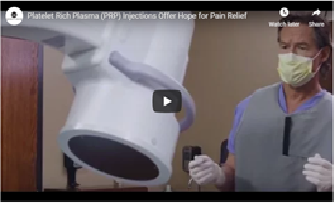

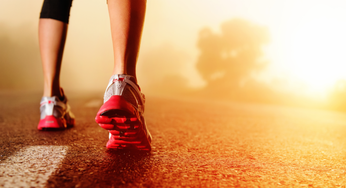
 RSS Feed
RSS Feed
